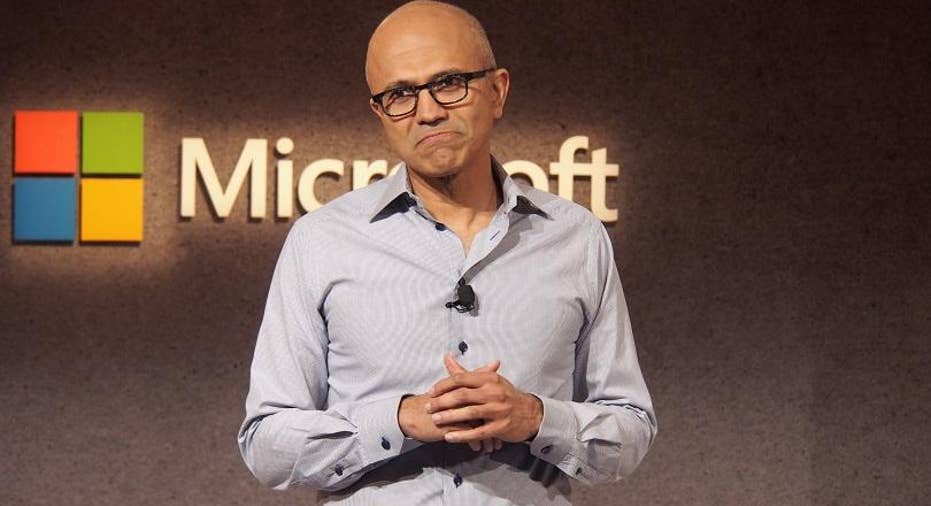Nadella Tips Microsoft 365, Rolls Out Azure Stack to Partners

Microsoft is full steam ahead in its plan to combine all of its office productivity applications and business services into a single cloud package. At the Microsoft Inspire partner conference in Washington D.C. this morning, Microsoft CEO Satya Nadella announced new Microsoft 365 Enterprise and Microsoft 365 Business offerings, and general availability of Dynamics 365 and LinkedIn Sales Navigator, and Azure Stack.
A week after announcing up to 3,000 layoffs amidst a reorganization of its Microsoft Azure sales strategy, the company has further consolidated its software portfolio under the unified Microsoft 365 banner.
What Is Microsoft 365?
Microsoft 365 is a new product family combining Microsoft Office 365, Microsoft Windows 10, and Microsoft's enterprise mobility and security services into a cloud-based suite for businesses. Microsoft 365 Business and Microsoft 365 Enterprise, the two newly announced offerings, will be available this quarter according to Microsoft.
Microsoft 365 Business is targeted at small and midsize businesses (SMBs) while Microsoft 365 Enterprise is geared toward larger corporations. Both will feature a centralized IT console from which administrators can configure and oversee identity management and mobile device management (MDM) by using integrated services such as Microsoft Azure Active Directory (Azure AD) and Microsoft Intune.
Azure Stack for Partners
Nadella also announced that Azure Stack, announced in May at Microsoft Build, is now available to order from launch partners including Dell EMC, HP Enterprise, and Lenovo. Azure Stack is an extension of the company's cloud Infrastructure-as-a-Service (IaaS) offering to on-premises servers and hybrid data centers. Azure Stack will be upgraded in the same fashion as Azure for enterprise customers, with infrastructure and service updates going out on a monthly cadence for enterprises. One important difference: the updates won't be automatically downloaded. On the pricing front, Azure Stack uses a consumption-based model, charging by virtual CPU usage per hour or per month, accrued to a company's existing Azure subscription.
Aside from new partner services, the last big announcement for businesses today is general availability of Dynamics 365, Microsoft's unified platform for customer relationship management (CRM) and enterprise resource planning (ERP), and its integration with LinkedIn Sales Navigator.
This is one of the first fruits of Microsoft's $26.2 billion acquisition of LinkedIn last year. Microsoft has a long list of plans for everything it wants to do with LinkedIn, but the Dynamics 365/Sales Navigator integration is a good example of Nadella's overarching vision of combining cloud, data, and artificial intelligence (AI).
Microsoft sees Dynamics 365 and Sales Navigator forming an end-to-end lifecycle for human capital management, handling everything from recruiting and candidate tracking to onboarding and payroll, integrated with LinkedIn, Office, and Azure for smarter marketing and sales.
See It Now
You can already see this in the Microsoft Relationship Sales Solution, which combines Dynamics 365 for Sales and Sales Navigator Team Edition for $135 per seat per month. A salesperson looking at their lead and opportunity dashboard will see an AI-generated "health score" of each sales opportunity. Through integrated Azure Machine Learning, the tool factors attributes such as engagement, LinkedIn profile metrics, time elapsed, and activity level to score each opportunity and alert the sales rep to potential risk or opportunity.
This is only a basic example of the kind of integrated business insights Microsoft is angling for with its unified cloud offerings, combined with social data from LinkedIn and AI algorithms baked into the process beneath the surface. Look for more data-driven "intelligent experiences" from Microsoft in the months to come.
This article originally appeared on PCMag.com.



















